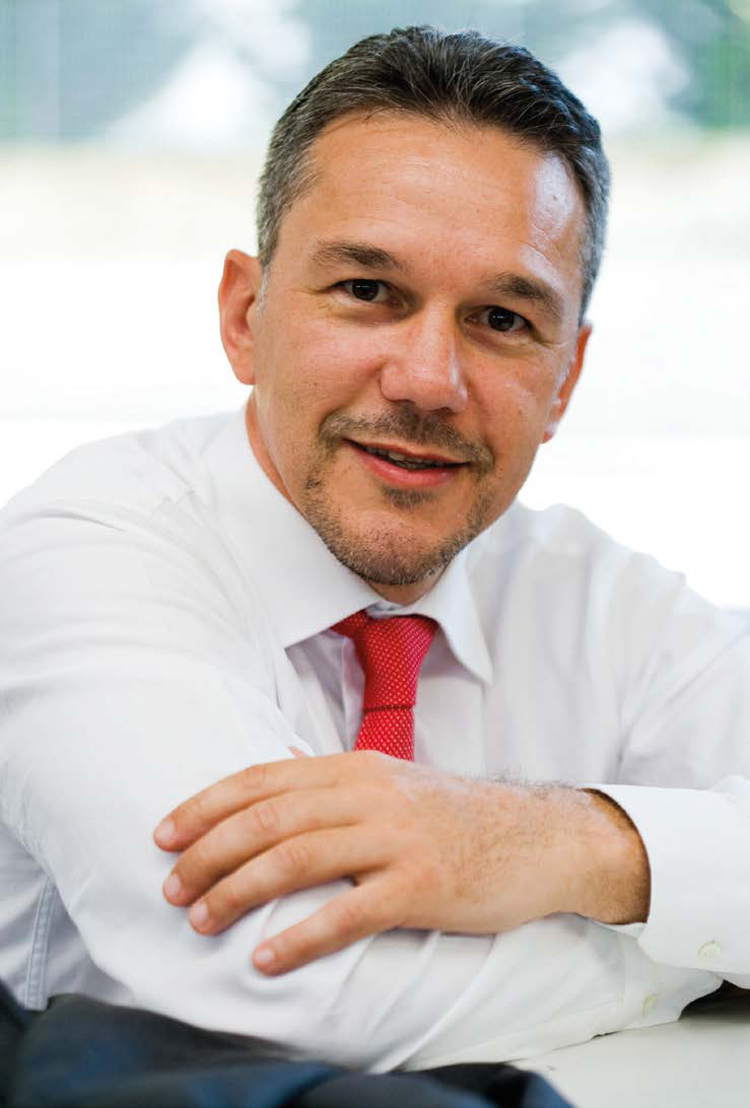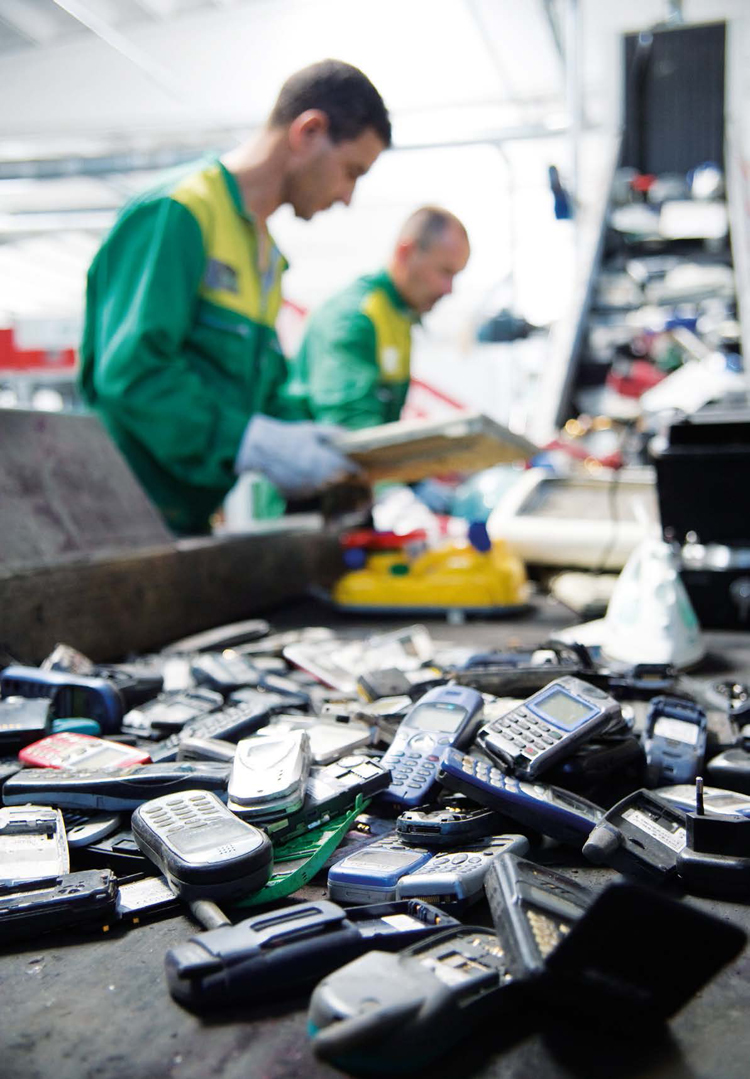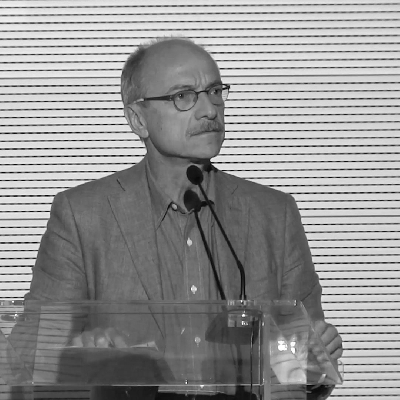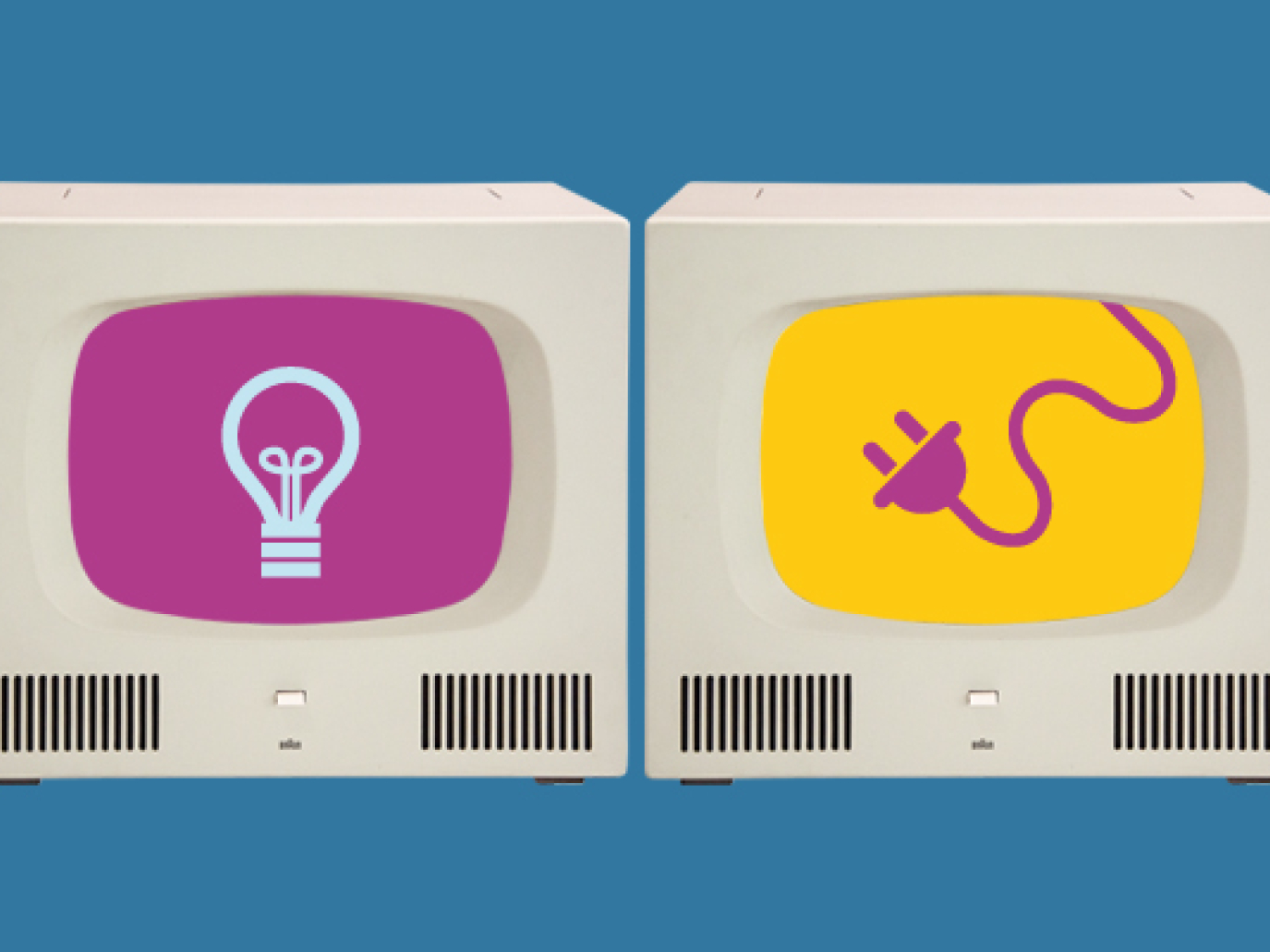
What we are holding in our hands is the latest technology, poised between our love for cutting-edge innovations and the anxiety for the temporal fragility of such ephemeral extraordinariness, bound to age and disappear within a few seasons. More and more multitasking handheld computers, tablets ready to transform into PCs, PCs resembling tablets, watches miniaturizing the Web, portable doctors monitoring your pulse as you run. Or items with a less developed dialogue but whose performance is still very high: home appliances of which we analyse carefully the energy performance, ready to feel inadequate if they are not high enough and that add to our climate responsibility; lamps whose quality of light we constantly analyse comparing it with the cost on the bill; heaters that have to constantly boast record performances.
So – as we know – all these wonders keep their shine for an increasingly shorter time. Their current fate is gloom: after a brief glorious season they are turned into objects “on probation,” potentially hazardous waste, items coveted by organized crime. However, it is not a predetermined fate. They can be born again: immediately, through an advanced remanufacturing operation or, at a later stage, recovering materials and assembling them in a new way.
The future of this category of objects called WEEE (Waste Electrical and Electronic Equipment) is emblematic. Because of their growth rate (7-10% a year globally) and the strategic nature of the sector, they represent an important group requiring maximum organizational effort for their recovery. But what is the best way to go about it? What is the best organizational solution?
“There is a host of possible solutions and more than one can be valid,” replies Danilo Bonato, ReMedia general manager, one of the leading WEEE recovery consortia. “It is all about taking into account various needs: being on the market, meaning lowering costs without compromising on the quality of the service offered, avoiding the risk of pollution, in other words recovering even where it is not economically viable because the quantity is low and transport is too costly. For goods such as TV sets, refrigerators and lamps, costs for adequate disposal is still three times higher compared to what can be obtained through the sale of materials from the recovery process, while for consumer electronics and large household non-refrigerating appliances profits can be made.”
So, there are several options. Let’s have a closer look at them with Bonato. The European Union is divided into two main blocks: on the one hand, there is France and Ireland with the model of compulsory waste management to producers’ collecting systems and on the other the majority of countries follow the so-called all actors policy, with a variety of subjects that share the market according to competition rules.
Apparently, there is an almost ideological divide between a central and government-based vision and a market one, in fact each viewpoint deals with a different aspect of the problem: so the objective is to combine the two needs as best as we can. Competition works when prices are profitable, namely when the numbers allow paying for the costs of collection, disassembling and securing of materials with a potentially high environmental impact. When dealing with the recovery of limited quantities of dangerous substances that, if abandoned, would produce pollution, we need to find a mechanism allowing carrying out such operations at a loss, by finding economic compensation elsewhere.
“Basically we need some sort of guidance to direct the operations of the collection systems and from this point of view the countries of Northern Europe are leading the way, while Spain, and Greece are lagging behind,” Bonato adds. “The problem is that in Italy, a mere authorization from the Local Authority is enough to deal with WEEE and the checks are not adequate: this is why the Coordination Centre for WEEE recommends, in addition to ARPA’s inspections, a technical monitoring carried out by auditors trained at the Coordination Centre based on European standards.”
As seen above, Europe does not sing from the same song sheet. Germans rely on the direct role of producers who are ultimately responsible for the goods (they have to organize the recovery service): the collection quality is generally low. The English have no restrictions with regard to numbers or coordination systems: there are 41 of them, far too many (in Italy there are 17 and there is a heated debate on how to introduce quality requirements), so much so that corrective actions are underway to curb the rise in costs. In Belgium there is only one consortium, created 20 years ago, which has stayed the same ever since. In Holland, the existing sole consortium, after 15 years, was forced to open up to competition.

“I believe that such experiences can teach us something,” Bonato adds. “Competition enhances efficiency and innovation, but too many actors cause the implosion of the system. It is all about finding the right balance with clear rules that can be easily applied: consortia must guarantee minimal collection quotas, real checks are needed as well as capital requirements and non-profit objectives. Amateurs must be eliminated as well as those trying to make a profit, grabbing materials when prices are high and disappearing when they go down and those not honouring the dual economic and environmental commitment.”
Despite all these limitations, the European Union is still the best (in fact, Turkey and Russia are studying it to implement a model of their own). But the process has only just started and now we have to speed it up and make a breakthrough to a circular economy. One of the possible way forward – as Bonato puts it – is to make producers pay different contributions according to the quality of their eco-design, as they are trying to do in France. Those selling goods with easily uncoupling materials, with recycled plastic, without using flame retardants, pay less. Another viable solution would be to multiply the collection points where, prior to certified technical procedures, reusable end-of-life products that can be sold. Another one is remanufacturing.
The target of the European Directive is to reach 65% of collection in weight of WEEE compared to the total products introduced in the market, so that they can be reutilized or recycled by 2019. For Italy (230,000 tonnes per year collected in a Coordination Centre together with a grey area beyond consortia quantifiable around 300,000 tonnes) it means increasing collection by 30-40% in four years. A demanding but not impossible target.
But we have to be clear about what is at stake. In Europe, according to most recent data, about 11 million tonnes of WEEE are produced every year, about 40 million worldwide.
“Ten years ago, only the costs of such systems were visible, but today it is clear that recovering such materials can be a profitable activity, we only have to overcome current limitations and develop a modern and efficient system, inspired by the principles of the circular economy” Bonato concludes.



